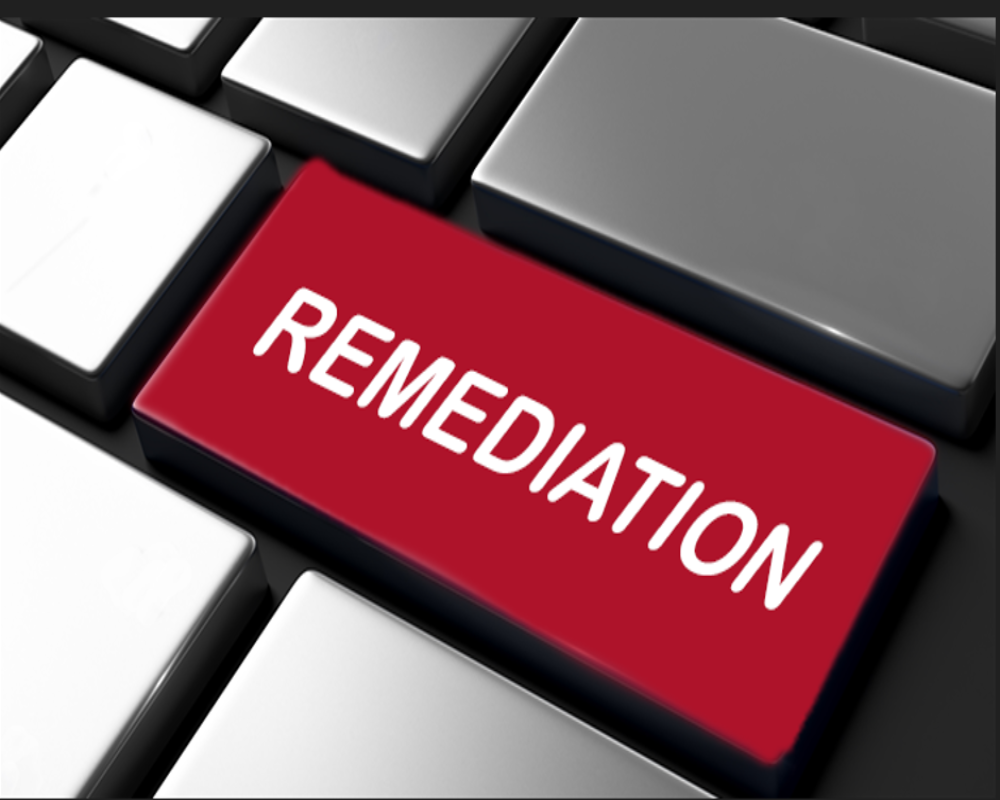Introduction
Brownfield remediation refers to the process of assessing, cleaning up, and redeveloping properties that are underutilized or abandoned due to the presence or potential presence of hazardous substances, pollutants, or contaminants. These sites, known as brownfields, are often former industrial or commercial properties such as factories, warehouses, gas stations, or dry cleaners. While they may pose environmental and public health risks, brownfields also represent valuable opportunities for commercial land reuse—particularly in urban areas where available land is limited and demand for redevelopment is high. Through effective remediation, these properties can be transformed into productive assets, supporting economic growth, environmental restoration, and community revitalization.
Understanding Brownfield Sites in Commercial Contexts
Brownfields are not necessarily heavily polluted or unusable, but the uncertainty or stigma associated with potential contamination often discourages investment. In commercial real estate, this can create barriers to redevelopment, financing, and land transactions. However, once assessed and remediated to meet regulatory standards, brownfields can be safely repurposed for offices, retail centers, housing, mixed-use developments, or public amenities.
Government programs and incentives—such as grants, tax credits, liability protections, and low-interest loans—encourage developers to pursue brownfield projects. These benefits aim to offset remediation costs and reduce the legal risks that come with redeveloping potentially contaminated land.
The Remediation Process
Brownfield remediation begins with a thorough site assessment, often conducted in two phases. A Phase I Environmental Site Assessment identifies potential environmental concerns based on historical land use, site inspections, and records review. If risks are found, a Phase II assessment involves sampling soil, groundwater, and building materials to confirm the presence and extent of contamination.
Once contaminants are identified, a remediation plan is developed in consultation with environmental experts and regulatory agencies. The plan outlines how contamination will be addressed, which methods will be used, and what standards must be met to ensure the site is safe for its intended future use.
Common remediation techniques include:
- Excavation and removal of contaminated soil
- Capping, where clean soil or impermeable barriers are placed over contaminants to prevent exposure
- Soil vapor extraction or bioremediation, which use physical or biological processes to remove pollutants
- Groundwater treatment to remove or neutralize contaminants in subsurface water
The selected remediation strategy depends on the type and concentration of pollutants, the characteristics of the site, and the proposed land use. For example, a site being converted into a retail plaza may require different standards and techniques than one designated for residential use or a school.
Regulatory Oversight and Risk Management
Brownfield remediation is subject to oversight by environmental agencies at the federal, state, or local level. Cleanup must meet specific criteria to receive regulatory approval and liability relief. In the United States, programs such as the EPA’s Brownfields Program provide guidelines and funding for assessment and cleanup, while states operate voluntary cleanup programs (VCPs) that offer streamlined review and closure processes.
One of the key goals of remediation is to manage environmental liability. Developers and investors often hesitate to engage with brownfields due to fear of being held responsible for historic contamination. However, when cleanup is performed under an approved plan and regulatory oversight, parties can receive liability protection through instruments like No Further Action (NFA) letters or Certificates of Completion, making the property safer to own, operate, and finance.
Commercial Benefits of Brownfield Redevelopment
Brownfield remediation can unlock considerable commercial value. These sites are frequently located in strategic urban areas with existing infrastructure, strong market access, and zoning that supports high-density development. Redeveloping a brownfield into a shopping center, office park, hotel, or mixed-use complex not only revives the site itself but often stimulates broader economic development, increases property values, and enhances the quality of life in surrounding neighborhoods.
Remediated brownfields also offer competitive advantages such as expedited permitting, sustainability certifications, and access to environmental grants or incentives. Developers who pursue these projects often gain recognition for contributing to environmental improvement and community revitalization, aligning with broader ESG (Environmental, Social, and Governance) goals.
Conclusion
Brownfield remediation is a vital process in reclaiming contaminated or underused land for commercial redevelopment. It transforms environmental liabilities into economic opportunities, allowing developers to make productive use of strategically located properties while addressing historic pollution. By following a structured approach—assessment, cleanup, regulatory compliance, and adaptive reuse—brownfield projects not only revitalize land but also promote sustainable urban growth, community health, and long-term economic resilience. In the evolving landscape of commercial real estate, brownfield redevelopment represents both a challenge and a forward-looking solution for cities seeking to grow without expanding their environmental footprint.
Hashtags
#BrownfieldRemediation #CommercialLandReuse #SustainableDevelopment #EnvironmentalCleanup #UrbanRevitalization #LandReclamation #GreenBuilding #PollutionPrevention #EcoFriendly #SiteAssessment #CommunityDevelopment #SoilRestoration #WasteManagement #RealEstateDevelopment #InfrastructureImprovement #EnvironmentalJustice #SmartGrowth #CleanUpInitiatives #FutureOfLandUse #HealthyCommunities


